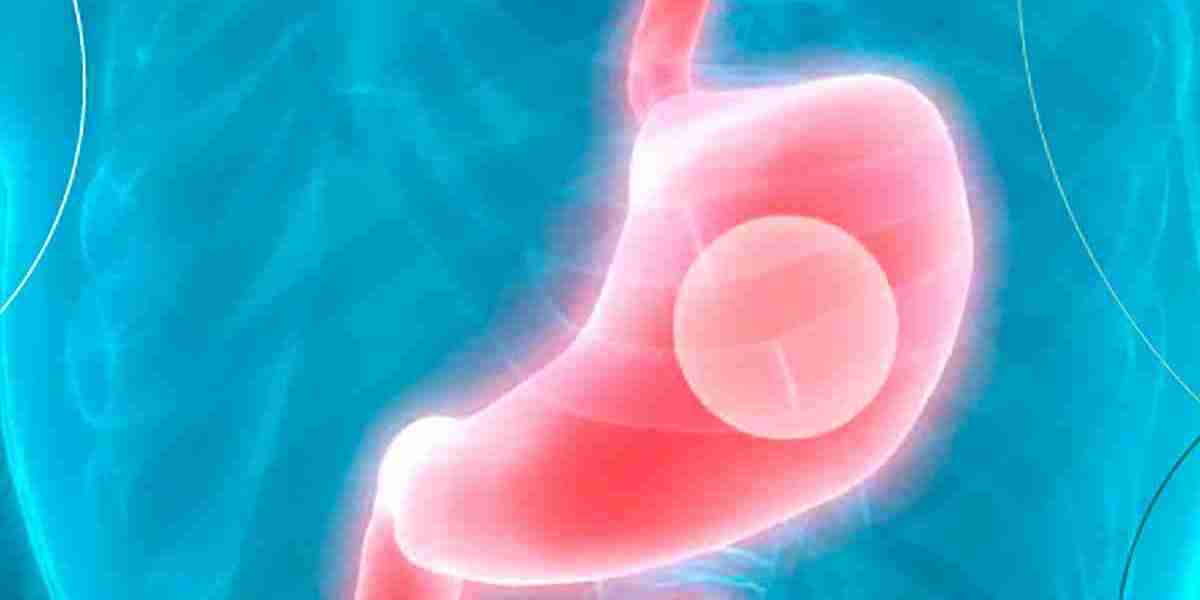In the ongoing battle against obesity, medical science continues to develop innovative solutions for those struggling to lose weight through traditional methods. One such breakthrough is the gastric balloon, a non-surgical weight loss treatment that has gained popularity for its effectiveness, safety, and minimally invasive nature. Often recommended for individuals who haven’t had success with diet and exercise alone, weight loss treatment with baloon offers a valuable alternative to more invasive procedures like bariatric surgery.
What Is a Gastric Balloon?
A gastric balloon is a soft, expandable medical device that is inserted into the stomach to help people feel fuller faster and consume less food. Unlike surgeries such as gastric bypass or sleeve gastrectomy, the balloon does not involve cutting or permanent alteration of the digestive system. Instead, it works by physically occupying space in the stomach, limiting how much you can eat at one time.
There are different types of balloons available, including saline-filled and gas-filled versions. Some require endoscopic placement (via a thin tube through the mouth), while newer models like the swallowable gastric balloon (e.g., Elipse or Obalon) can be ingested in capsule form and later removed naturally or endoscopically.
How Does the Balloon Work for Weight Loss?
Once the balloon is placed and filled, it takes up space in the stomach, which slows down gastric emptying and enhances feelings of fullness after eating small amounts. This leads to reduced calorie intake, supporting gradual and sustainable weight loss over several months.
The presence of the balloon also helps patients become more mindful of their eating habits. Coupled with professional nutritional and lifestyle coaching (often included in balloon treatment programs), patients learn to make healthier food choices and develop long-term strategies for managing weight.
Typically, the balloon remains in the stomach for 4 to 6 months, depending on the brand and treatment plan. After removal, patients are expected to continue following their new lifestyle habits to maintain weight loss.
Who Is a Candidate for Gastric Balloon Treatment?
Gastric balloon treatment is usually recommended for individuals who:
- Have a Body Mass Index (BMI) between 30 and 40
- Have been unable to achieve significant weight loss through diet and exercise alone
- Are not candidates for or do not want to undergo bariatric surgery
- Do not have gastrointestinal conditions that would contraindicate balloon placement
It’s important to undergo a thorough evaluation by a bariatric specialist to determine if the procedure is appropriate and safe for each individual’s health profile.
Benefits of Balloon Weight Loss Treatment
The gastric balloon offers several advantages over traditional surgical methods:
- Non-surgical and minimally invasive
Most balloons are placed endoscopically or swallowed as capsules, requiring no incisions, stitches, or hospital stays. - Temporary and reversible
Since the balloon is removed after several months, it doesn’t permanently alter the body’s anatomy. - Effective for weight loss
Clinical studies have shown that patients can lose 10–15% of their total body weight over six months, especially when combined with lifestyle coaching. - Improves obesity-related conditions
Weight loss achieved with the balloon can lead to improvements in conditions such as type 2 diabetes, high blood pressure, sleep apnea, and joint pain. - Quicker recovery time
Most patients return to normal activities within a few days after placement.
Risks and Side Effects
While generally safe, the gastric balloon is not without potential risks and side effects. Common side effects include:
- Nausea
- Vomiting
- Stomach cramps
- Acid reflux
These symptoms usually resolve within a few days as the body adjusts to the balloon. Serious complications are rare but can include balloon deflation, intestinal blockage, or gastric ulcers. Choosing an experienced medical team and following aftercare instructions can significantly reduce the risk of complications.
Cost and Accessibility
The cost of gastric balloon treatment varies depending on the region and healthcare provider but generally ranges from $5,000 to $8,000. The price typically includes the procedure, follow-up visits, and nutritional counseling. However, most insurance plans do not cover it, as it is often considered an elective procedure.
Despite the out-of-pocket cost, many patients consider it a worthwhile investment in their long-term health, especially when compared to the medical expenses associated with obesity-related conditions.
Is the Weight Loss Permanent?
The balloon itself is temporary, but the lifestyle changes that accompany the treatment can lead to lasting weight loss. Success depends largely on the patient's commitment to maintaining a healthy diet, regular exercise, and ongoing medical guidance. Many programs offer extended support even after the balloon is removed to help patients stay on track.
Conclusion
Weight loss treatment with a gastric baloon is a promising option for individuals seeking a non-surgical solution to obesity. With the ability to jump-start weight loss, improve health outcomes, and instill better eating habits, the balloon can serve as a powerful tool in the journey toward a healthier, more active life. While not a magic fix, when paired with dedication and medical guidance, the gastric balloon offers a real opportunity for lasting change.





